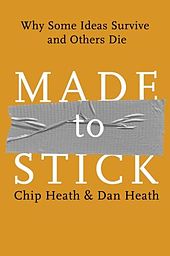The short answer is yes. The longer answer is yes… but it’s complicated! A good friend of mine recently blogged that he thinks Zynga Marketing is failing because they don’t adjust pricing in a failing game. I disagree with this statement, although he is on to something (but the problem is bigger). Pricing is extremely complicated in social games and is based on strategy: so changing pricing at the whims of players is bad. That said, there is a problem at Zynga with their marketing, and I’ll tell you what it is.
I’ve been in Social Network marketing since 2008, running my own business Karmaback, and recently joined venture form Creeris Ventures where I have been (and still am) consulting by running Marketing at Night Owl Games (Dungeon Overlord is the free game I run). Anyways, in my experience in social games, the key to marketing is: 1.) know your target customer. and then 2.) MEASURE everything.
 So what is Zynga doing wrong? I’m not sure, I don’t have their data… but I think I know what is going on. They are doing a classic mistake with branding: “Line Extensions”. So many executives think that “we can leverage the brand we built by doing a new kind of thing with the brand.” This is flawed thinking. Re-using the brand to target the same customers with almost the same thing is usually fine and good.. but using the brand for a NEW product/game/service/model/target customer is bound to fail. Colgate frozen dinners anyone?
So what is Zynga doing wrong? I’m not sure, I don’t have their data… but I think I know what is going on. They are doing a classic mistake with branding: “Line Extensions”. So many executives think that “we can leverage the brand we built by doing a new kind of thing with the brand.” This is flawed thinking. Re-using the brand to target the same customers with almost the same thing is usually fine and good.. but using the brand for a NEW product/game/service/model/target customer is bound to fail. Colgate frozen dinners anyone?
With Zynga, their problem is not making a Pay-to-Play game and sticking to it… their problem is trying to extend the Zynga brand into pay-to-play. The need to create a new company/brand that caters to “hardcore” gamers or gamers that are willing to pay more to play more type… Then the new brand can focus on games like that.
So, Zynga, get a clue. Stick Zynga in your brand closet and keep it for “Ville” type games. You need to build a NEW brand if you want to make different kinds of games for new markets and players.







